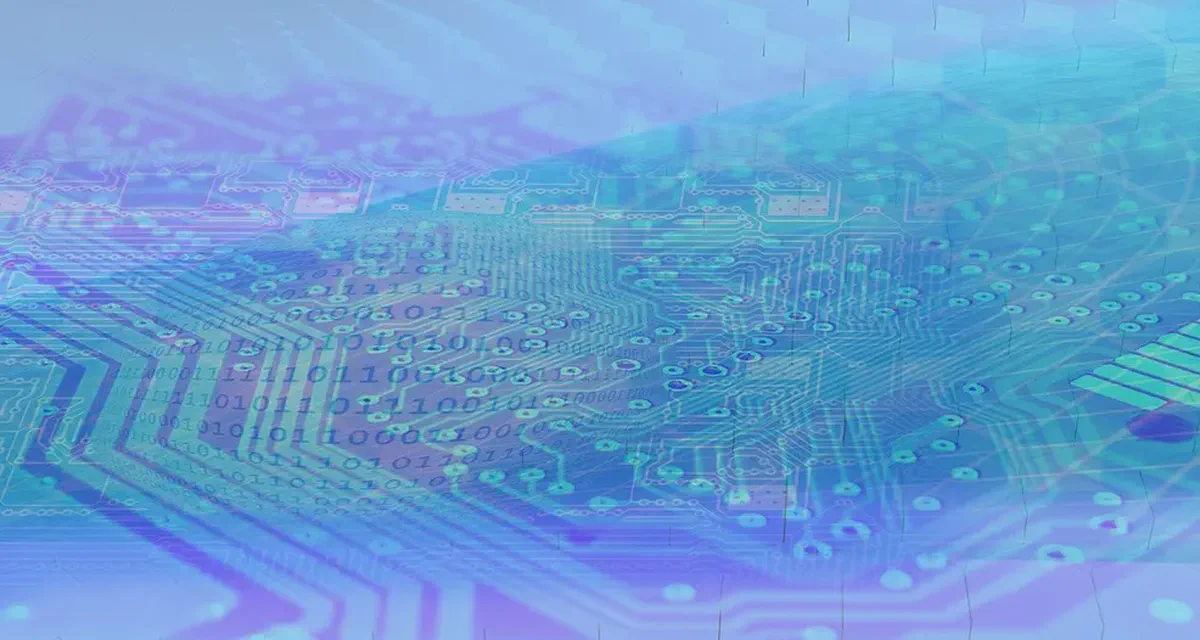
Sealing the gap in education poverty with AI & EdTech
- Steph Organ
- February 13, 2020
Table of Contents
Could education be the industry that has seen the least change over the years? While we’ve seen big changes in the accessibility of education, there is still a long way to go, and as pointed out by The World Bank, being in school is not the same as learning. Often pupils are unengaged, teachers are failing to hold everyone’s attention in class, and drop out rates and grades are proving that the one-size-fits-all approach to learning is outdated.
Sure, we’ve seen some new technologies creep into use, like smartboards using IoT technology, but that is no longer cutting edge, and schools need more. How about algorithms that help teachers work more effectively and point out who’s struggling? Or offerings such as personalised learning plans? Every parent wants their kid in a class where the teacher can give them enough attention, and AI can help achieve that, even when staff are spread thin.

AIEd for the learners
When it comes to AI in education, most learner-facing tools are based on adaptive learning models. Adaptive learning models are driven by data and they assess how the learner is performing and judges what content they should work on next, adjusting based on their performance. It makes sure students learn at their own pace and means that a student won’t feel out of their depth or under-challenged as their personalised lessons or assignments will be just right.
This personalisation is key to helping students flourish and advance at a level they are comfortable with and can be used across key stages, from primary to university level learning. Some of the tools and platforms in use include Lexia for reading and literacy, Curriculum Associates for Maths and English, NearPod for creating engaging lessons with interactive elements, and Century which spans across multiple subjects and key stages.
In higher education, AI tools are being used to increase engagement in students, relieve stress and reduce drop-out rates by addressing issues early on and offering them the tailored support they require. Voice assistant bots are replacing confusing handbooks or hard to navigate websites meaning students can easily access information like how to join a society, where their next class is, or find out how to get in touch with a faculty member, reducing the need and cost of internal support. As well as keeping track of your timetable, some assistants will even keep track of your grades and send appropriate nudges to keep you on track. Further still, chatbots like Woebot can be used to help ease the stress that students go through and increase their wellbeing.

EdTech for the staff
But EdTech doesn’t just have to support students, teachers are generally stretched to the limits and there are AI tools to help them too. AI can help teachers and lecturers better understand their pupils by giving data-driven insights like where students are struggling, how pupils learn in different ways, and where the peaks of interest or boredom fall within their classes. AI can take a load off teachers by automating repetitive marking and giving constructive feedback which frees them up to spend more time with students, which is every parent’s dream.
GoFormative is a teacher-facing AI tool the allows teachers to create personalised assessments and gives them insights on each student’s progress, while ClassCharts is a behaviour management tool that optimises seating arrangements based on how well pupils perform next to each other and how they influence each other. Other tools can be used for timetable optimisation and so on. Data-driven schools can not only reduce excessive teacher workload, but enhance the way that teachers work, maximising their efforts. There is still plenty of scope for new teacher-facing AI tools.

How AI can improve the education system
Finally, AI can even be used to support the education system as a whole from the government level, district administration or school body administration, as long as institutions effectively share their data. For example, Ofsted (Office for Standards in Education, Children's Services and Skills) exists to address the quality of education and bring up the standards of schools to a similar level in order to equalise the opportunities for children across the country. They have introduced an assisted machine learning algorithm to help them determine which schools are likely to underperform in an inspection to help them evaluate which ones need their attention.
Education systems around the world are long overdue a shakeup, not only to make use of advanced technologies to change the way we teach our youths, but to give them exposure to the technologies that could dictate their future. Artificial Intelligence (AI) is making an impact on every industry which means we will soon see a huge shift in the jobs that are available. Robots and machine learning models will soon take a load off manual labour focused and boring or repetitive jobs, and in response, the workforce must bring new skills to the table as job specs shift focus to more impactful human work. But how will future workforces respond without a revolution in the way we go about education?
The “work smarter” ethos of AI must also be applied to education. “Learn smarter” will take advantage of EdTech and AIEd to bring about improved ways of teaching that enhance students abilities and are responsive to our changing world. AI can help create curriculums with relevant, real-world examples, keep content engaging, encourage collaborative learning, critical thinking and boost creativity.
While it may not be so easy for all schools to stretch their budget to include new AI-based learning systems, ownership of things like smart devices among children and adults even in poorer parts of the world is increasing rapidly, meaning AI-based educational apps such as DuoLingo can make things like language learning more accessible without the need for investment from institutions.
AI in education has so much untapped potential, and it is important that schools make an effort to exploit the possibilities of emerging technology, as the world will continue to develop, whether education systems do, or not. While the role of the teacher may change over time, as it stands, schools have a very long way to come before the possibility of AI wiping out teachers even becomes a threat, and we should be putting the future of our youngsters and learners first.
With the right attention paid to the ethics of how data is collected and used, the future of AI in education could be very exciting for us all.


